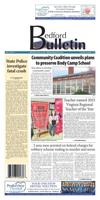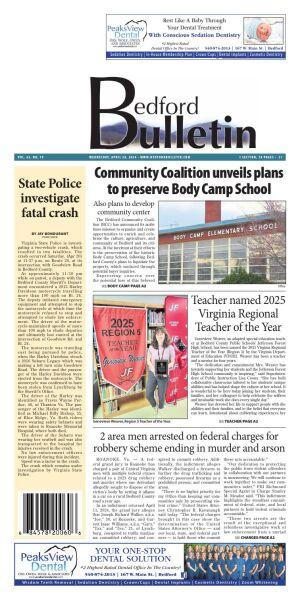The Catholic Church in the 6th century declared that Christmas should be a 12-day celebration of the birth of Jesus and ending with the arrival of the three wisemen. Work was prohibited. Today, our Christmas celebrations consist of two 1 ½ day holidays — Christmas, New Year, and each Eve. How did we go from twelve festivity-filled days down to a Scrooge-like three? A little history is in order.
In 16th century England when Henry VIII reigned, the twelve days of celebration started with a Catholic Mass at midnight signaling the start of December 25th. The faithful, in preparation for Christmas, had endured a 30-day fast, consisting of a diet with no meat or dairy, which ended with that midnight Mass. Predictably, Christmas day was celebrated with lots of food, particularly meat with the leftovers distributed to the poor. The second day was the Saint Stephen’s Day which celebrated one of the first Christian martyrs who was stoned to death in 36 AD. On this day, both rich and poor dined together. The third day was governed by a “Lord of Misrule,” a clown/jester, who made fun of everything and everyone while all played games. The fourth day was the Feast of the Holy Innocents (or Children’s Mass) which honored the mass murder of all male children by King Herod in the vicinity of Bethlehem. The 6th day was for “mumming” where your friends and neighbors put on masks, couldn’t not speak, and could only make “mumming” sounds in an attempt to scare the bejesus out of you. There was no real celebration on New Years Eve, but the 8th day consisted of gift giving amongst the rich and powerful. The 12th day, on January 5th, celebrated the appearance of the three wise men in Bethlehem and finished the Christmas holiday with a feast that topped all previous feasts.
King Henry VIII loved the 12-day celebration and spent money lavishly on Christmas. Unknowingly though, he sowed the seeds for the banishing of Christmas one hundred years later. The 12 days was a Catholic sanctioned celebration. When the Pope refused Henry’s request for a divorce from Catherine of Aragon, Henry started his own church, the Church of England. This action led to the English Reformation where the Church of England became officially Protestant. This, in turn, gave rise to a religious reform movement known as Puritanism.
In 1643, right before Christmas, on December 19th, the English Parliament under the control of a Puritan majority passed a sneaky test case where citizens were encouraged to treat the mid-winter period ‘with the more solemn humiliation for remembrance of our sins, and the sins of our forefathers, who have turned this feast, pretending the memory of Christ, into a forgetfulness of him, by giving liberty to carnal and sensual delights’. A few months later, the Puritanical zealots in Parliament banned Christmas and ordered that December 25 be a day of prayer, fasting and “humiliation” to account for sins. Apparently, this didn’t work out well, because three years later in June 1647, they passed another law outlawing decorations, gatherings and assigned fines for those who disobeyed. This ban on Christmas was finally lifted in 1660 as the Puritans lost power.
Unfortunately, as we all know, some Puritans emigrated to our shores. As author Gore Vidal explained “The Puritans left England for America not because they couldn’t be Puritans in their mother country, but because they were not allowed to force others to become Puritans; in the New World, of course, they could and did.” Strangely, as the British were ending the Christmas ban, the Puritans now in Massachusetts, passed a law called “Penalty for Keeping Christmas.” Anyone found celebrating Christmas by failing to work, “feasting, or any other way… shall pay for every such offence five shillings ($48 today).” As in England, this downer only lasted 20 years before it was repealed. Given the Puritanical party-poopers, I suppose we should be grateful we still have those two 1 ½ day celebrations in December. The Puritan movement in America died out by the 1840s. So, here’s my recommendation for next Thanksgiving when we say during dinner what we are thankful for, you readers can say “I’m thankful the Puritans are gone.”




